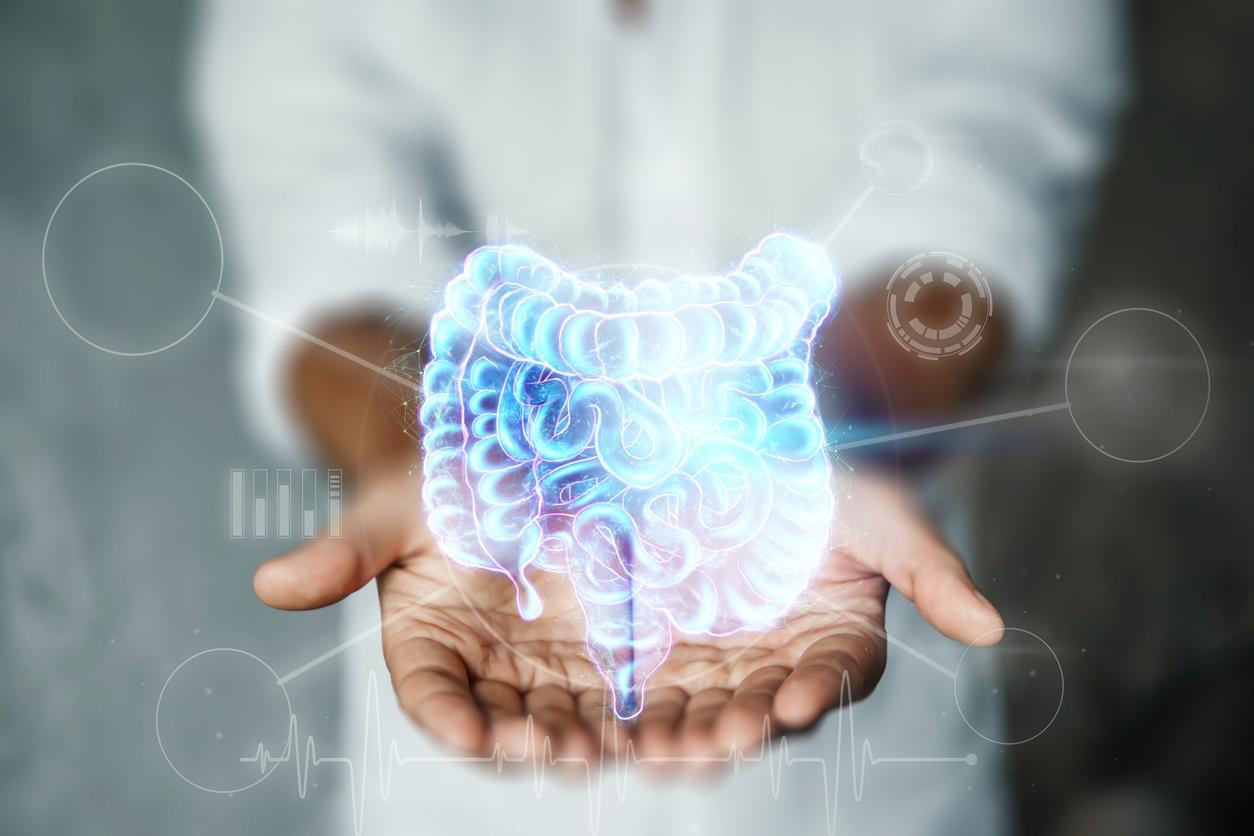In case of respiratory failure, rodents and pigs can breathe through their intestines using medically supervised techniques. Eventually, these methods could be used in humans.

- Some living beings breathe through their gut when they are in respiratory distress, this is not the case with mammals.
- Researchers have succeeded in reproducing this way of breathing in rodents and pigs.
- Eventually, they hope to apply their methods to humans.
Catfish, sea cucumbers or even orb-weaving spiders. All these animals have in common that they can breathe longer than humans when they are in situations where they lack oxygen. The reason is simple: in addition to their basic respiratory system, they can also use their intestine to absorb oxygen, especially when their survival depends on it. A very specific system, which is not found in most living beings which only breathe through their gills or their lungs. But, researchers have just tried to adapt this model of breathing through the intestine to certain mammals. Their goal was to increase their oxygen supply when they suffered from respiratory failure or lung disease. The results of their study are conclusive: rats, mice and pigs – animals included in the clinical trial – can breathe through their intestines. But this not being natural, the scientists had to set up two techniques for administering oxygen, passing through the anus of these animals. Their works just published in the journal Medical.
Administer oxygen to the rectum for bowel breathing
“The rectum has a mesh of fine blood vessels (…) which means that drugs administered through the anus are easily absorbed into the bloodstream, explains Ryo Okabe, one of the authors of the study. This made us wonder if oxygen could also be delivered into the bloodstream in the same way. We used experimental models of respiratory failure in mice, pigs and rats to try two methods: administering oxygen into the rectum in gaseous form and infusing an oxygen-rich liquid through the same voie.” According to the researchers, both of these forms of oxygen delivery are effective. The results showed that the oxygenation levels of rodents and pigs increased thanks to these techniques, as well as their survival time in the event of respiratory distress. On the other hand, the scientists observed that the administration of oxygen through the rectum did not damage or disturb the intestinal flora of the animals. Encouraging results with no side effects. But would the use of these techniques be possible in humans? Eventually, the researchers hope. If they are validated in human clinical trials, they could help relieve patients in respiratory distress by providing them with an additional supply of oxygen. In the coming months, scientists therefore intend to test the safety of these methods in humans.
An alternative technique to conventional artificial respiration devices?
Usually, in the event of respiratory distress, the therapeutic assistance is heavy, like the respirators which ensure the artificial respiration of the patients. Currently, due to the Covid-19 epidemic, these devices are increasingly used in intensive care units and, in fact, less and less available for other patients. “The level of oxygenation provided by our ventilation system, if scaled for human application, is likely sufficient to treat patients with severe respiratory failure, potentially providing lifesaving oxygenation”, concludes Takanori Takebe, another author of the study.
.

















